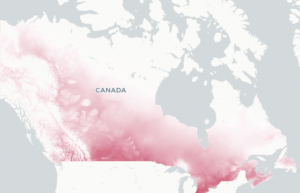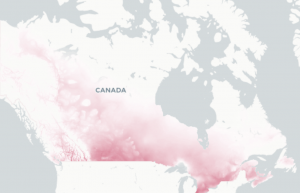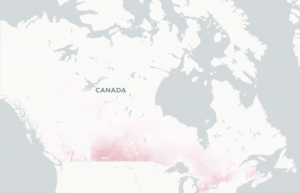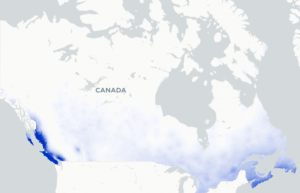Days with Tmax > 32°C describes the number of days where the daytime high temperature is warmer than 32°C. This index gives an indication of number of very hot days in the selected time period.
High temperatures are important. They determine if plants and animals can thrive, they limit or enable outdoor activities, define how we design our buildings and vehicles, and shape our transportation and energy use. However, when temperatures are very hot, people – especially the elderly – are much more likely to suffer from heat exhaustion and heat stroke. Many outdoor activities become dangerous or impossible in very high temperatures.
Technical description:
The number of days with a maximum temperature (Tmax) greater than 32°C. Use the Variable menu option to view annual, monthly or seasonal values for this index.







